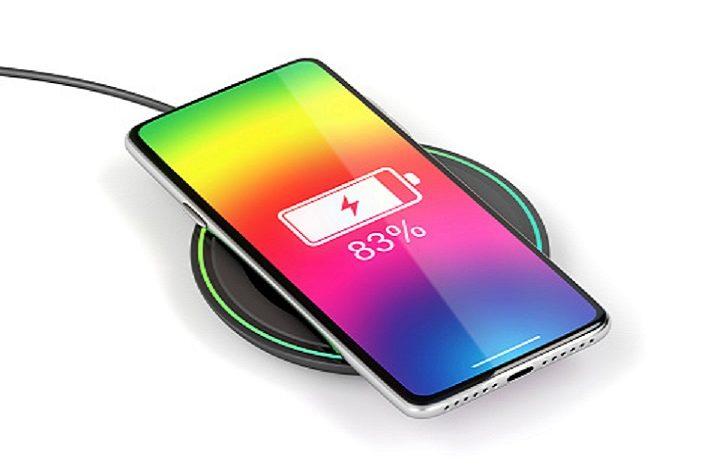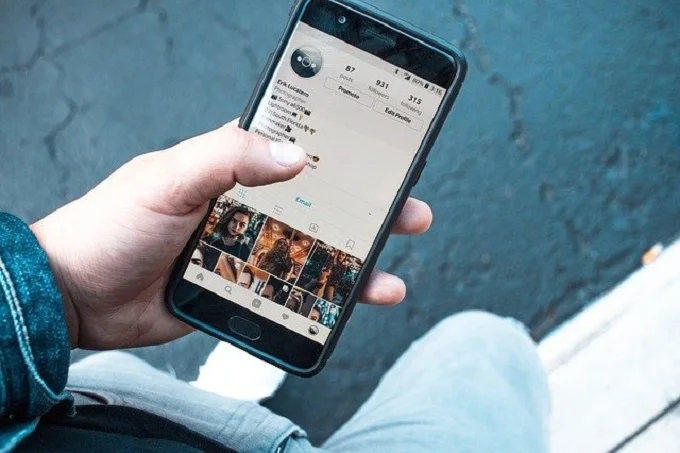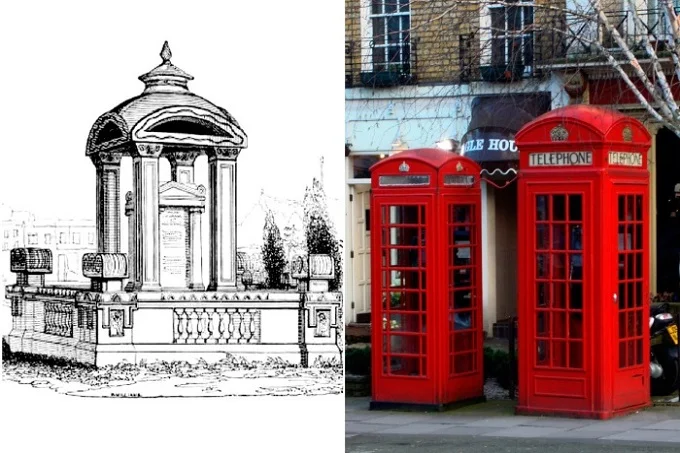Why choose a wirelessly rechargeable smartphone?

Do you also want such a dislike of cables everywhere or cables that you do not find or that have become hopelessly tangled? If you choose wireless charging, part of that problem solves itself.
We examined why you will probably charge in the future via electric induction and with which smartphones it can already be done today. Since the Galaxy S6, the top segment of Samsung smartphones can be charged wirelessly. Other manufacturers followed soon after.
Today, most smartphone toppers have the option to charge wirelessly. These include the Samsung Galaxy S20, iPhone 11, Huawei P40, OnePlus 8, and Google Pixel 4.
Once you have the necessary infrastructure – a wireless charger, in other words – everything goes smoothly. Because the intention is that you leave your charging station in one fixed place, you will search less for charging cables.
The second important point is that the contacts of the connector can no longer wear out, and that is one of the main reasons why people replace their smartphones early.
Part of the furniture
Wireless charging is done through a process called electrical induction. The wireless charger generates an electromagnetic field, which is converted by the receiver in the smartphone into energy for the battery.
You start to see everywhere of those induction boards. In the better coffee houses, cafes and restaurants, they often even become part of the furniture, so that you can also refuel your smartphone during your catering visit. Within ten years, we may look weird as an establishment that doesn’t have one.

The wireless chargers are also gaining popularity for private use. For example, a growing number of car brands have induction plates for wireless charging in the interior, and Ikea has also incorporated it into a few pieces of furniture.
Disadvantage: slowness
We have to be honest: wireless charging remains with one major drawback compared to wired charging: it is much slower. People are working hard on that speed. The average charging rate of charging boards has grown from 5 to 10 watts in the past five years.
Smartphone manufacturers are increasingly turning on wired fast chargers that provide your smartphone with new energy with a charging power of up to 55 watts.

Conclusion: in coffee houses and restaurants, it is damn useful if everywhere of those wireless charging stations are incorporated in the tables. And also, at home, it is quite practical to charge your smartphone in one or two fixed places. However, if it has to go very fast, you should still keep an ordinary charging cable nearby.



